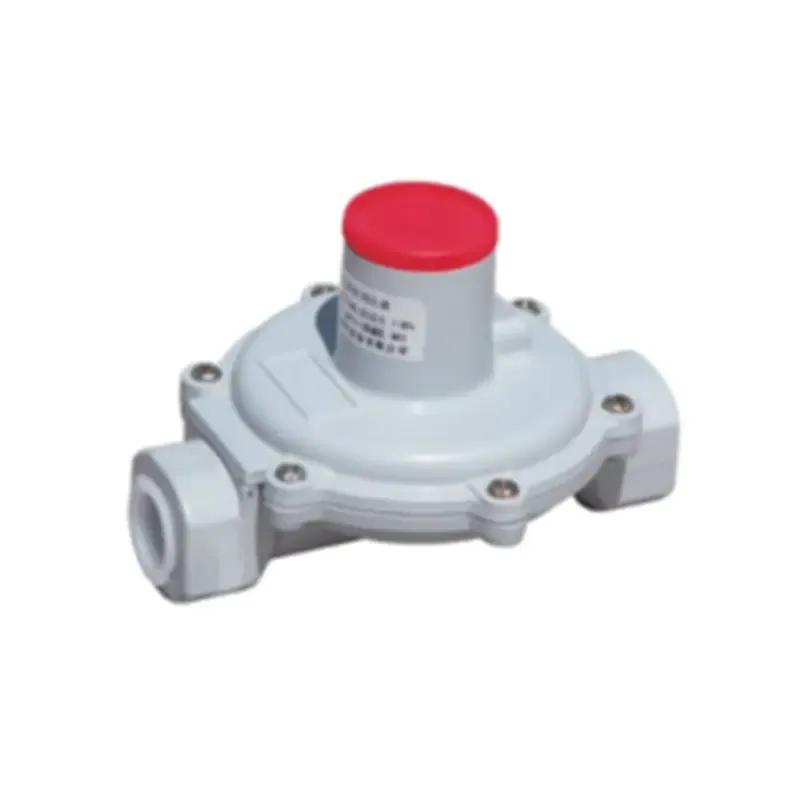
Nov . 04, 2024 22:32
Back to list
محطة تخفيض الضغط
The Function and Importance of Pressure Reducing Stations
Pressure reducing stations are critical components in various industrial and utility systems, particularly in the distribution of gas and water. These stations play a vital role in managing the pressure of fluids conveyed through pipelines, ensuring safety, efficiency, and reliability in the supply chain. This article explores the functions, design, and significance of pressure reducing stations in modern infrastructure.
Functionality
The primary function of a pressure reducing station is to decrease the pressure of a fluid coming from a high-pressure source to a preset lower pressure suitable for consumption or further processing. This is evident in natural gas distribution systems where gas is supplied at high pressures from pipelines that run across vast distances. Before entering residential or commercial premises, the pressure must be reduced to levels that are safe for use.
The mechanism involves several components, including pressure regulators, control valves, and sometimes monitoring equipment to ensure precision. The pressure regulator is the heart of the station, automatically adjusting the flow of gas or water to maintain a consistent output pressure, despite fluctuations in the inlet pressure or downstream demand.
Design Considerations
Designing an effective pressure reducing station requires careful consideration of various factors, such as the type of fluid being transported, the required pressure levels, the expected flow rates, and environmental conditions. Engineers typically account for
.
3. Safety Protocols Since high-pressure systems can pose significant safety risks, pressure reducing stations must include safety measures like pressure relief valves and proper ventilation.
محطة تخفيض الضغط

4. Maintainability Systems should be designed for easy access to components for maintenance and monitoring, ensuring minimal downtime and disruption of service.
Significance in Infrastructure
The significance of pressure reducing stations extends beyond mere operational efficiency. They are crucial for
1. Safety By controlling the pressure of gas and water, these stations help mitigate risks associated with over-pressurization, which can lead to catastrophic failures, leaks, and explosions.
2. System Reliability Consistent pressure regulation contributes to a reliable supply of utilities. Consumers depend on steady water and gas flow for everyday activities, and pressure reducing stations play a key role in maintaining that reliability.
3. Energy Efficiency By optimizing fluid flow and reducing energy losses associated with high-pressure operation, pressure reducing stations can contribute to overall energy savings in a system. This is particularly important in natural gas transmission, where energy conservation is key to environmental sustainability.
4. Environmental Impact Reducing excess pressure not only conserves energy but also minimizes the risk of leaks and emissions into the atmosphere, thereby supporting environmental protection efforts.
Conclusion
In summary, pressure reducing stations are indispensable in the management of fluid distribution systems. They ensure that the pressure levels are safe and appropriate for end-users while simultaneously enhancing system reliability and safety. As industries and cities continue to grow, the need for efficient and effective pressure management will remain critical. Understanding the role of pressure reducing stations can lead to better design, maintenance, and operational practices, ultimately benefiting consumers and the environment alike. As technology advances, we can expect to see further innovations in pressure reducing solutions, making them even more efficient and reliable in the future.
Latest news
-
Safety Valve Spring-Loaded Design Overpressure ProtectionNewsJul.25,2025
-
Precision Voltage Regulator AC5 Accuracy Grade PerformanceNewsJul.25,2025
-
Natural Gas Pressure Regulating Skid Industrial Pipeline ApplicationsNewsJul.25,2025
-
Natural Gas Filter Stainless Steel Mesh Element DesignNewsJul.25,2025
-
Gas Pressure Regulator Valve Direct-Acting Spring-Loaded DesignNewsJul.25,2025
-
Decompression Equipment Multi-Stage Heat Exchange System DesignNewsJul.25,2025

